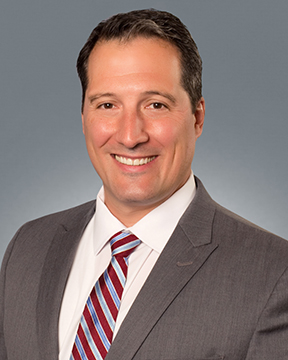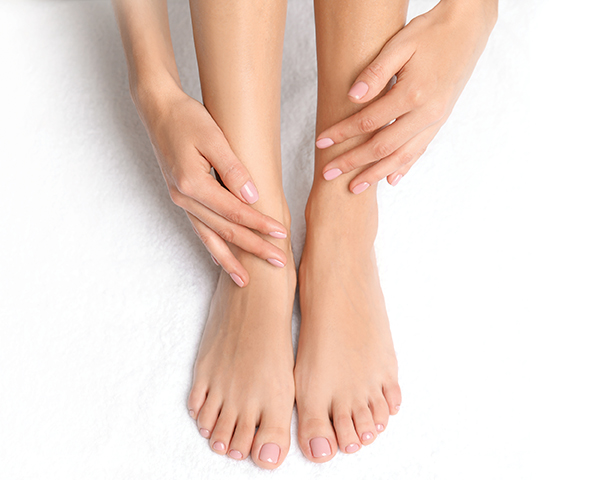By Lisette Hilton | Reviewed by Matthew J. Zirwas, MD

Inexpensive, safe, and available over the counter, these remedies appeal to patients on many levels. When dermatologists recommend natural, easy-to-obtain solutions to skin problems, it helps to build the therapeutic alliance, according to dermatologist Matthew J. Zirwas, MD, director of the Ohio Contact Dermatitis Center in Columbus. Even if they’re not efficacious, patients may at least experience a placebo effect, he said.
Apple cider vinegar
The jury is still out on apple cider vinegar’s true value for skin, but Dr. Zirwas said patients love it and that recommending it helps build therapeutic alliance.
The skin is supposed to be at a pH of 5 to 6. Inflamed skin has a higher pH, so restoring that natural acidity makes sense.
“It’s dirt cheap, completely safe, and there’s good rationale. The skin is supposed to be at a pH of 5 to 6. Inflamed skin has a higher pH, so restoring that natural acidity makes sense,” he said.
Dr. Zirwas typically recommends that patients mix a tablespoon of apple cider vinegar into a 16-oz jar of moisturizer. That’s enough to bring the moisturizer to a pH of about 5.5.
Dr. Zirwas no longer recommends bleach baths for atopic dermatitis (“Parents don’t want to put bleach on their kids and adults tend not to want to get in the bathtub,” he said), but he does sometimes recommend apple cider vinegar.
A systematic review and meta-analysis published in the Annals of Allergy, Asthma and Immunology (https://www.ncbi.nlm.nih.gov/pmc/articles/PMC5726436/) found water baths were about as effective for relieving atopic dermatitis as bleach baths.1
“If I’m going to add anything to bath water, I tell people to add a cup of apple cider vinegar. It probably doesn’t do much, but people love it and I’m building therapeutic alliance,” Dr. Zirwas said.
Powdered milk
Dr. Zirwas, a nationally known allergy patch testing expert, said he usually makes one recommendation before patch testing patients with widespread dermatitis.
“I have them start adding a half cup of nonfat powdered milk in with the clothes when they do laundry. Lots of patients swear by it. At a minimum, it has a good placebo effect and again is building therapeutic alliance,” he said.
However, we know surfactants in detergents do cause dermatitis. We also know that on average about 2.5% of the detergent is retained in clothes. If retained, detergent gets released by warm, acidic sweat from skin and causes dermatitis.”
The thinking is the casein in the milk binds to and removes formaldehyde in clothing, researchers reported in a study published in 1974 in the Archives of Dermatology (https://jamanetwork.com/journals/jamadermatology/fullarticle/534309).2 But formaldehyde slowly reaccumulates, so patients need to add powdered milk with each laundry load.
One in 20 cotton items releases detectable formaldehyde, including sheets and pillowcases, according to Dr. Zirwas. The problem is there is no way to know which items contain formaldehyde, so replacing the potentially irritating items isn’t an option, while washing clothes in powdered milk is.
Most dermatologists are surprised to learn that people don’t get contact dermatitis from fragrance or dyes in laundry detergent. In fact, for a manufacturer to claim its product is gentle because it doesn’t have fragrance or dyes is “insane,” according to Dr. Zirwas, since it is known that neither of these causes contact dermatitis from laundry detergent.
“However,” he said, “we know surfactants in detergents do cause dermatitis. We also know that on average about 2.5% of the detergent is retained in clothes. If retained, detergent gets released by warm, acidic sweat from skin and causes dermatitis.”
All Free Clear (Henkel Corporation) is the only detergent that has been shown in studies to have lower potential for irritant dermatitis than other detergents, according to Dr. Zirwas.
“It has a different mix of surfactants, a milder mix, so the residual detergent left in the clothes does not cause irritant dermatitis,” Dr. Zirwas said. “Other ‘sensitive skin’ detergents use the same surfactants as that brand’s regular detergent, so they aren’t really any better for sensitive skin than regular detergent.”
The downside is that the milder surfactant mix in All Free Clear may not get clothes as clean as other detergents, he said.
Heliocare
Heliocare (Heliocare) is an effective topical sunscreen adjunct, according to Dr. Zirwas. It prevents sunburn in places people may miss when applying topical sunscreens and offers some sunburn protection for those who skip sunscreen altogether.
“You have to take a pretty big dose—about 1 pill of Heliocare per 25 pounds of body weight,” he said. “And it has to be Heliocare. I’ve tried generic polypodim leucotomos and burned to a crisp. With regular Heliocare, I’ve never gotten sunburned.”
Taking Heliocare is safe. Animal studies have shown no ill effects with taking the equivalent of 500 pills a day, according to Dr. Zirwas.
He doubts taking Heliocare prevents skin cancer and said it doesn’t work as a melasma treatment; he recommends it mostly as an “insurance policy” in case patients miss spots when applying sunscreen or forget to reapply. ²
REFERENCES
- Chopra R, Vakharia PP, Sacotte R, et al. Effcacy of bleach baths in reducing severity of atopic dermatitis: A systematic review and meta-analysis. Ann Allergy Asthma Immunol. 2017;119(5):435-440.
- Stubbart FJ. Nonfat dry milk helps prevent formaldehyde dermatitis. Arch Dermatol. 1974;110(2):299.
DISCLOSURES: Dr. Zirwas has ties with Abbvie, Arcutis, Asana, Aseptic MD, Avillion, Dermavant, Edessa Biotech, FitBit, Foamix, Galderma, Genentech/Novartis, Incyte, Janssen, Leo, Lilly, L’Oréal, Menlo, Ortho Derm, Pfzer, Regeneron/Sanof, Sol-Gel, and UCB.


